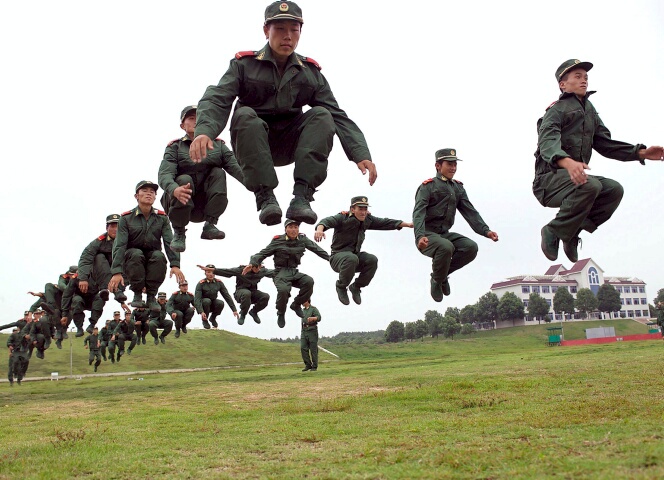
By Bill Lee
The first phase of China’s, specifically Xi Jinping’s, military reforms appear to have been completed. The “from the neck up” first-phase reforms began in 2015 when X Jinping announced a major revamping of the military, with emphasis on joint command and control functions. The seven military regions were reorganized into five “Theater Commands,” reducing the dominance of the army and placing more importance on the navy and the air force in order to project China’s power beyond its borders. The four General Departments (operations, political work, logistics, and equipment/armaments) were disbanded, and their functions were streamlined into 15 departments and agencies under the Central Military Commission, further consolidating power in the hands of Xi Jinping, the CMC chairman. Two new military services, the Rocket Force and the Strategic Support Force, were established to elevate the PLA’s nuclear and missile forces to be on a par with the other services and to recognize the importance of cyber and space warfare.
The aims of the reforms are to: 1) make the military more flexible and enable the joint use of services, invaluable for modern warfare; 2) consolidate Xi’s and the CPC’s power over the military; and 3) reduce corruption in the military by placing auditing functions within a central authority under the CMC.
The second phase of the military reforms — “from the neck down” — were announced early this year. They will aim at reforming the actual organizational and operational functions of the military services themselves. They will take time to implement, and attention will be paid to dissatisfaction arising from them, such as the downsizing of 300,000 troops, mainly from the ground forces. The PLA may lie low for a while, as the reforms take effect, but with the PLA’s base in Djibouti, its first overseas military base, now in operation, the PLA is likely to emerge a leaner and more effective fighting force that can operate overseas.
Leave a comment
Photo by Jason Chafin via Flickr
 日本語
日本語 English
English 中国語
中国語